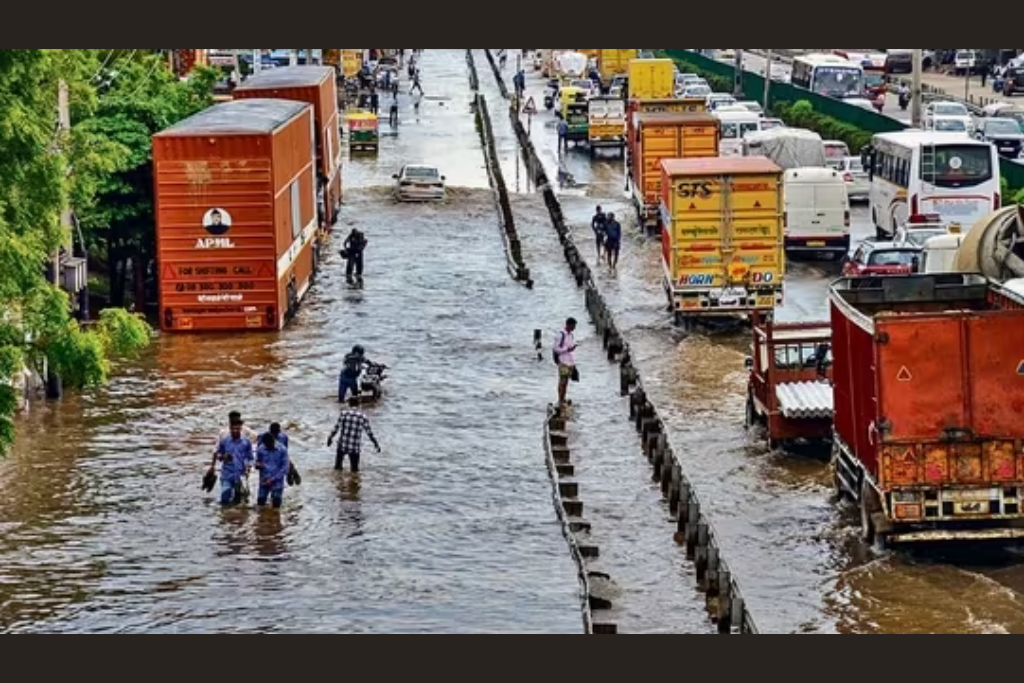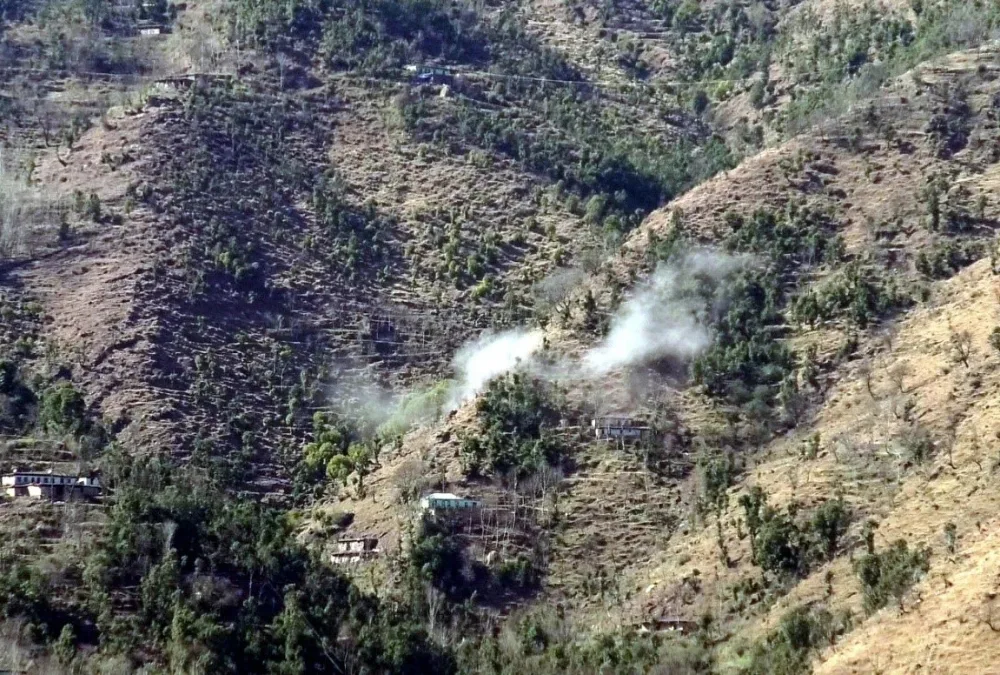India’s monsoon patterns have exhibited significant changes in recent years, indicating a growing trend of erratic behavior. The arrival of the monsoon in Delhi and Mumbai on the same date, after nearly six decades of separate arrival times, is just one example of this phenomenon.
Scientists and experts have observed fluctuations in monsoon onset dates, rainfall distribution, and overall coverage across the country. These alterations are a cause for concern and are believed to be linked to the human-induced climate crisis. Climate change and rapid urbanization are identified as major contributors to these changing monsoon patterns.
1. Increasing Erratic Behavior:
The consistent alterations in monsoon patterns in India raise concerns about the impact of the human-induced climate crisis. Over the past 30-40 years, the behavior of the monsoon has become increasingly unpredictable. Northeast India, historically known for its abundant rainfall, is experiencing a decline in precipitation, while parts of northwest India are witnessing more intense but shorter rain spells. This shift has resulted in a reduction in the number of rainy days in these regions.
2. Intensification of Rainfall :
An analysis of long-term data from the India Meteorological Department (IMD) reveals that the share of heavy and extreme rain during the monsoon season has been consistently increasing since the 1970s. The 2011-2020 decade witnessed the highest proportion of heavy and extreme rain, accounting for 43.3% of total monsoon rainfall. This trend continued in the 2013-2022 decade, with heavy and extreme rain contributing to 43.4% of the overall rainfall. The data highlights a concerning intensification of rainfall during the monsoon season, leading to potential risks of flooding and water management challenges.
3. Impact of Cyclones and Regional Effects
The erratic behavior of monsoons can be attributed to various factors, including severe cyclones such as Biparjoy, which disrupted moisture distribution and slowed the progress of the monsoon. This cyclone’s impact on the western arc of the monsoon affected the overall pattern and delayed its progress in those regions. Additionally, experts have observed a slower progression of the monsoon until it reaches central India, after which it rapidly advances toward northwest India.
4. Role of Human-Induced Climate Crisis Monsoon:
Scientists and meteorologists emphasize that the changing monsoon patterns are closely linked to the human-induced climate crisis. Climate change and rapid urbanization play significant roles in altering monsoon behavior, particularly in urban areas. The concretization of cities and extensive urban development hinders water absorption into the soil, resulting in surface water accumulation. This disruption hampers the natural rain-forming cycle, further aggravating the unpredictability of monsoons. Moreover, the broader impact of climate change, including rising global temperatures and altered weather systems, contributes to the shifting patterns of the monsoon.
Conclusion :
India’s monsoon patterns have exhibited notable changes in recent decades, characterized by erratic behavior, alterations in onset dates, and fluctuations in rainfall distribution. These changes pose challenges for the agricultural sector, water resource management, and overall planning for a significant part of the population.
Scientists and experts emphasize that the human-induced climate crisis, driven by factors such as climate change and rapid urbanization, plays a substantial role in these transformations.
The intensification of heavy and extreme rainfall during the monsoon season, coupled with reduced rainfall in historically wet regions, underscores the urgent need for adaptation measures.
Accurate forecasting and understanding of changing monsoon patterns are crucial to mitigate risks and ensure the sustainable development of affected regions. Addressing climate change and adopting sustainable practices are essential steps to minimize the adverse impacts on the monsoon and secure a stable future for India’s vital rainy season.
For all the latest news, keep visiting The World News.



